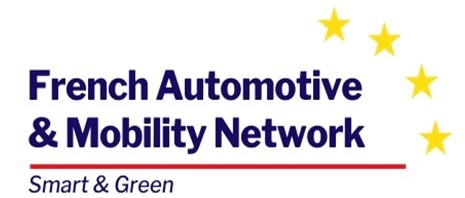The climate context has an impact on the European debate on state aid, i.e. public subsidies to companies. In principle, and with some exceptions, they are prohibited by European law, as they are considered contrary to the principle of free competition in the single market. Nevertheless, they can be a useful tool to help Member States in their transition.
The EU state aid regime
State aid is framed by the TFEU. The European Commission has to decide on the compatibility of state aid with the internal market before it is granted. To guide Member States, the Commission develops and updates documents listing the areas in which subsidies can be paid.
The General Block Exemption Regulation (GBER), adopted in 2014, identifies the categories or types of public aid that are compatible with the internal market and EU law.
The Climate, Energy and Environmental Aid Guidelines (CEEAG), adopted in 2014, define the conditions under which energy and environmental aid can be considered compatible with the internal market
>>> CARA has published an article on state aid
Background: the European Green Deal
To achieve the ambition set by the European Green Deal, significant investments will be necessary, in particular in the field of renewable energy. In order to achieve the objectives set for 2030, the European Commission has estimated a need for €350 billion in additional annual investments. This requires mobilising the private sector, but also potentially public funds, in an efficient way. State aid rules will play an important role in enabling such targets to be met.
State aid rules should be revised to reflect the policy objectives: a cost-effective transition to climate neutrality and a phasing out of fossil fuel subsidies, while ensuring a level playing field in the internal market.
The current guidelines, which date from 2014, will expire on 31 December 2021. The aim is therefore for the new guidelines to enter into force at the beginning of 2022.
To date, the Climate, Energy and Environmental Aid Guidelines (CEEAG) and the General Block Exemption Regulation (GBER) rules on environmental protection and energy have generally been successful in supporting climate objectives, but some aspects should be simplified and modernised. In addition, the European Green Deal requires a broader and deeper review of the GBERs to ensure that they are fully up to the challenge of the Green Deal.
For the Euopean Commission, the objective of this review is to broaden the scope of the EEAGs to new areas (e.g. clean mobility, biodiversity) and to all technologies that can be implemented under the Green Deal.
State aid for the climate challenge
To facilitate the transition to clean mobility, the revised CEEAG will support the acquisition of clean transport vehicles (used for air, road, rail, inland waterway, maritime and coastal passenger and freight transport), support the deployment of publicly accessible charging and refuelling infrastructure necessary for the operation of clean vehicles, or fund projects up to the total funding gap for charging and refuelling infrastructure.
The CEEAG will include a new section on resource efficiency and circularity, allowing for resource efficiency grants for recycling of materials or substances. Specifically, the calculation of eligible costs will be based on the identification of a counterfactual to ensure that the aid remains limited to the compensation of environmental costs.
>>> A consultation is currently open on the revision of the CEEAG Guidelines, on which French Mobility is currently working on a common response.
